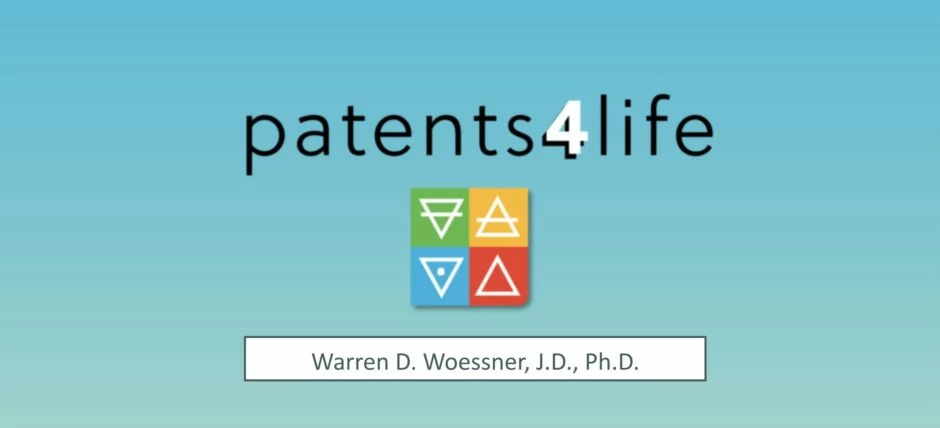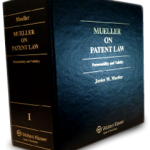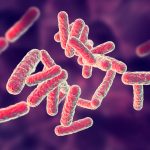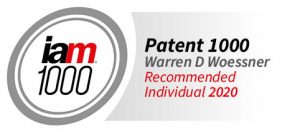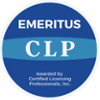This is a guest post from the Chisum Patent Academy.
The Academy is pleased to announce the September 2018 publication by Wolters Kluwer Law & Business of the annual Update for Volume I (Patentability and Validity) of the practitioner treatise, Mueller on Patent Law, authored by our co-founder, Janice M. Mueller. See below to review the Highlights.
First published in 2012 and updated annually, Volume I of the Mueller treatise addresses patentability (pre- and post-AIA), drafting patent claims, inventorship, and USPTO prosecution procedures; Volume II covers patent infringement, defenses, remedies, USPTO post-issuance procedures, design patents, and international patenting issues.
The full text of both volumes, including the 2018 Update for Volume I (Patentability and Validity), is available electronically on Wolters Kluwer’s CHEETAH legal research platform.
To review the detailed table of contents incorporating the 2018 Update for Volume I (Patentability and Validity), click here.
